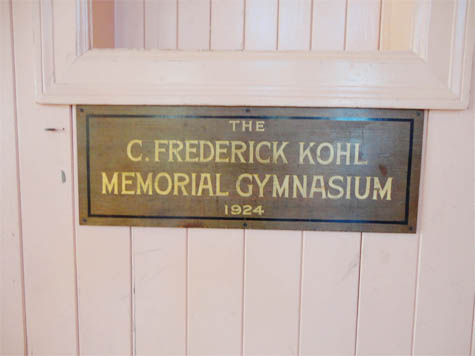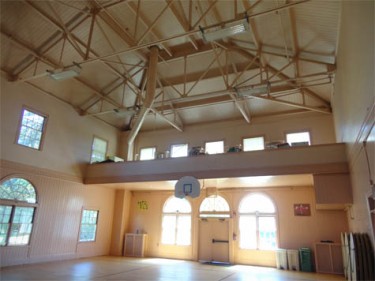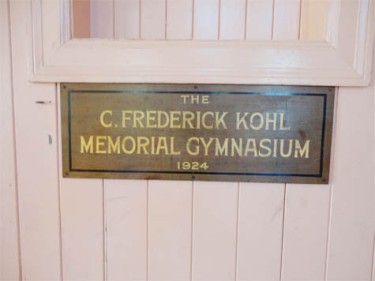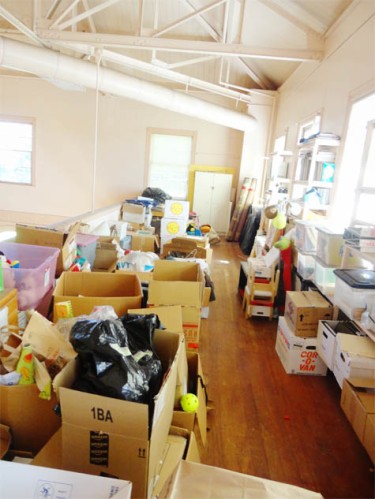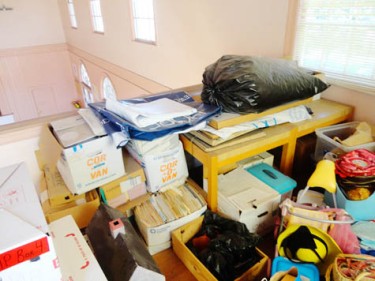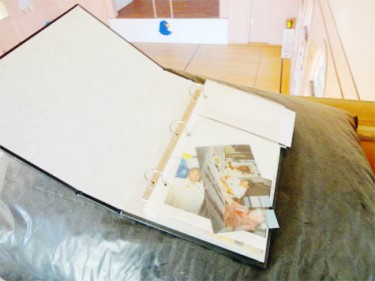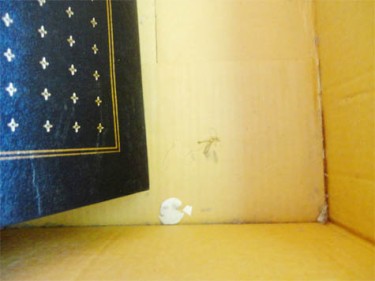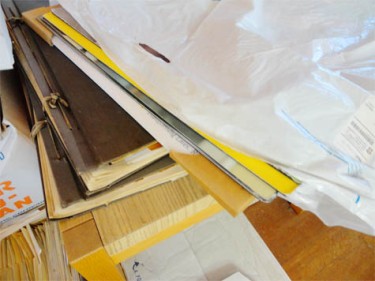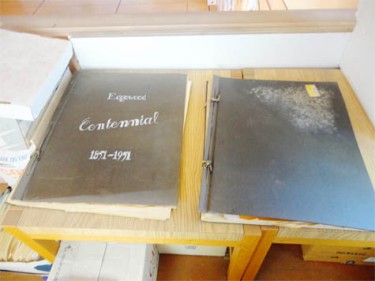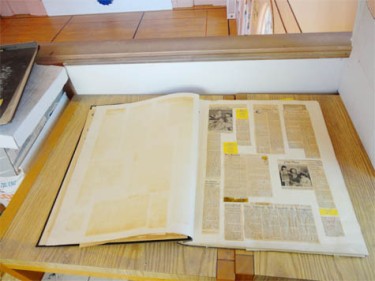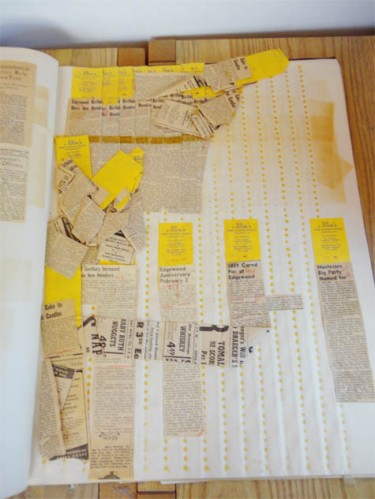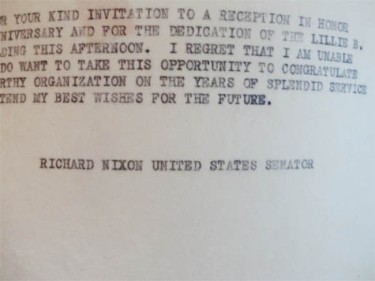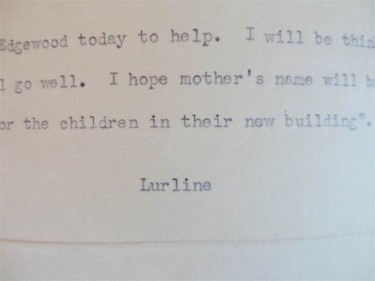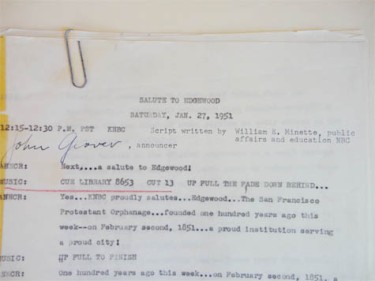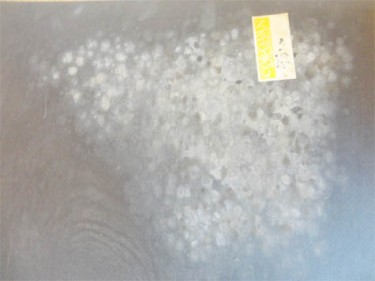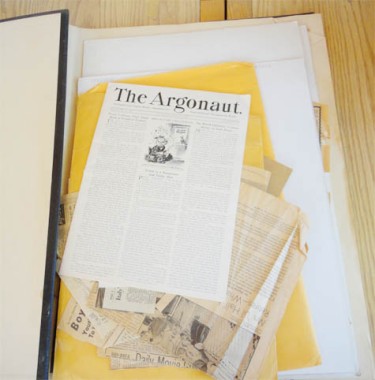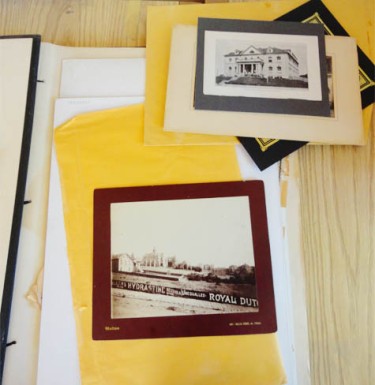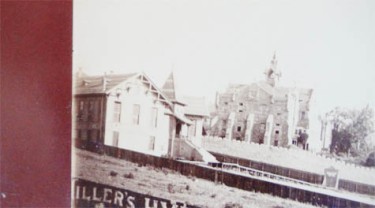In an earlier post I mentioned that Edgewood’s gym, where so many archival items were hidden away, was named the C. Frederick Kohl Memorial Gym and I wanted to find the reason behind the name. I had been researching with no luck. But then I found all of the annual reports from the 1850s through 1930s and my luck improved!
In the 1925 annual report, Frederick Kohl’s estate is listed as giving the San Francisco Protestant Orphan Asylum (now Edgewood) over $27,000, by far the largest gift the orphanage received that year. That’s $375,555 in today’s money. He was a millionaire, but it’s still a very generous gift!
The first annual report published after the orphanage moved to its current location, it describes the campus and the amenities for the children. The report mentions that a gymnasium was made possible “by Mr. Frederick Kohl’s bequest.”
The story of C. Frederick Kohl is intriguing. His life started out uneventful yet privileged. Born in 1863, Charles Frederick was the son of the wealthy William H. Kohl, co-founder of the Alaska Commercial Company, and Sarah Hunter Kohl. He grew up on a 16-acre estate in San Mateo, south of San Francisco, which is now a large city park. “Freddie” enjoyed a life of travel and high society parties. In 1896, he married Edith Dunlop, who died of appendicitis just four years later. On October 7, 1903, Freddie remarried to Mary Elizabeth “Bessie” Godey, and his father died later that year. All was well until 1911.
And then a French family maid named Adele Verge shot Freddie. Hired to help Freddie’s mother, Adele began to exhibit frightening behavior, getting into a fight with a hotel clerk and spitting on guests while on a vacation with the Kohl family. Freddie had her arrested and evaluated. She later sued Freddie over the incident, but the court ruled against her. Angry that she lost the case, Adele waited for Freddie outside of the courthouse and shot him on June 8, 1911 with a derringer. Freddie survived, but the bullet was lodged in his chest. The maid was deported back to France and committed to a mental institution. Most sources agree that at some point, she began sending him threatening letters.
 Source (I love the picture of her with the cops.)
Source (I love the picture of her with the cops.)
A couple of years after the shooting, Freddie and Bessie built The Oaks, a four-story, 63-room Tudor mansion on a 40-acre lot in Burlingame, as a grand venue to showcase Bessie’s singing talents. Unfortunately despite being the toast of the town, Freddie’s mental state continued to deteriorate in the wake of his paranoia that Adele would return to seek her revenge and finish the job she started. By 1916, just a year or so after moving into The Oaks, Bessie moved out and went on a Red Cross World War I entertainment tour throughout Europe. Freddie moved into the St. Francis Hotel in downtown San Francisco (built by the same architects who built Edgewood!!) with a mistress, Marion Louderback Lord.
Not only did Freddie remain paranoid, he began to experience more physical health problems brought on by the bullet that remained trapped near his heart. In 1921, he suffered a stroke and Freddie and Marion went to the Del Monte Lodge near Monterey to help him recuperate. Yet on November 21, just one month later, he shot himself.
Surprisingly, Freddie left most of his estate, including the mansion to Marion. His wife, Bessie, received “only” $250,000 – just over $3.3 million in today’s money. Imagine how much Marion received. Marion sold the house to the Sisters of Mercy in 1924, and it is now used as a high school and event space. The Kohl Mansion is now a State Historic Landmark and on the National Register of Historic Places.
Bessie seems to have fared much better than Freddie. Apparently she never left Europe after her singing tour and ended up marrying two French nobles, Comte de Lambertye and Comte de Thiene. She reportedly died in 1949 in Monte Carlo.
Other fun facts about Freddie’s story are that he purportedly haunts the Kohl Mansion to this day, and that the mansion appeared in the Mary Pickford and Douglas Fairbanks movie, “Little Lord Fauntleroy”.
So what is Freddie’s connection to the San Francisco Protestant Orphan Asylum? Why did he leave such a large donation in his estate to the orphanage? I read through 20 years of annual reports along with other research and couldn’t find that he, his parents, or Marion Louderback Lord ever donated money personally to the orphanage. However, I did find in the 1913 annual report that his mother’s estate left the Orphan Aslyum $2,000 when she died in 1912, and also found articles in newspapers mentioning her donating to other Bay Area orphanages. Also, Freddie and his wife hosted fundraisers for other orphanages, so it may have been just a typical type of gift for his family.
I wish I could find a more concrete tie between the Kohl family and Edgewood, but sometimes there just isn’t an obvious answer to be found. It was still a fun little research project and gave me new insight into a very overlooked detail in Edgewood history. How often does someone look into the meaning behind a sign on the wall? Now I have a new story to share with colleagues and visitors to the organization.
Please note: There was a lot of contradictory information in the contemporary articles that I found while researching this post. I have verified everything to the extent possible.
References
Alper, P. R. (2010, September 6). Music and other mysteries of Kohl Mansion. Daily Journal. Retrieved from http://archives.smdailyjournal.com/article_preview.php?id=140355
Buchanan, P. D. (2001, January 16). Kohl Mansion contains history — and mystery. Daily Journal. Retrieved from http://archives.smdailyjournal.com/article_preview.php?id=1732
C. Frederick Kohl is Shot. (1911, June 9). The San Francisco Call. Retrieved from
http://chroniclingamerica.loc.gov/lccn/sn85066387/1911-06-09/ed-1/seq-1.pdf
Charles F. Kohl Weds Miss Godey. (1903, October 8). The San Francisco Call. Retrieved from http://cdnc.ucr.edu/cgi-bin/cdnc?a=d&d=SFC19031008.2.24
Dossa, L., Gouailhardou, M., and Wilkinson, C. (2013). Freddie Facts. Retrieved from http://kohlmansion.com/wordpress1/freddie-facts/
Mariages. (1925, October 17). Le Figaro. Retrieved from http://gallica.bnf.fr/ark:/12148/bpt6k2945490/texteBrut
Mrs. Wm. Kohl dies in Santa Barbara. (1912, February 28). The San Francisco Call. Retrieved from http://cdnc.ucr.edu/cgi-bin/cdnc?a=d&d=SFC19120228.2.23
The Peerage. (2013). Retrieved from http://www.thepeerage.com/p53911.htm
Richter, J. (1999, October 15). Kohl Mansion has its roots in The Oaks. San Francisco Chronicle. Retrieved from http://www.sfgate.com/bayarea/article/Kohl-Mansion-has-its-roots-in-The-Oaks-3062547.php
